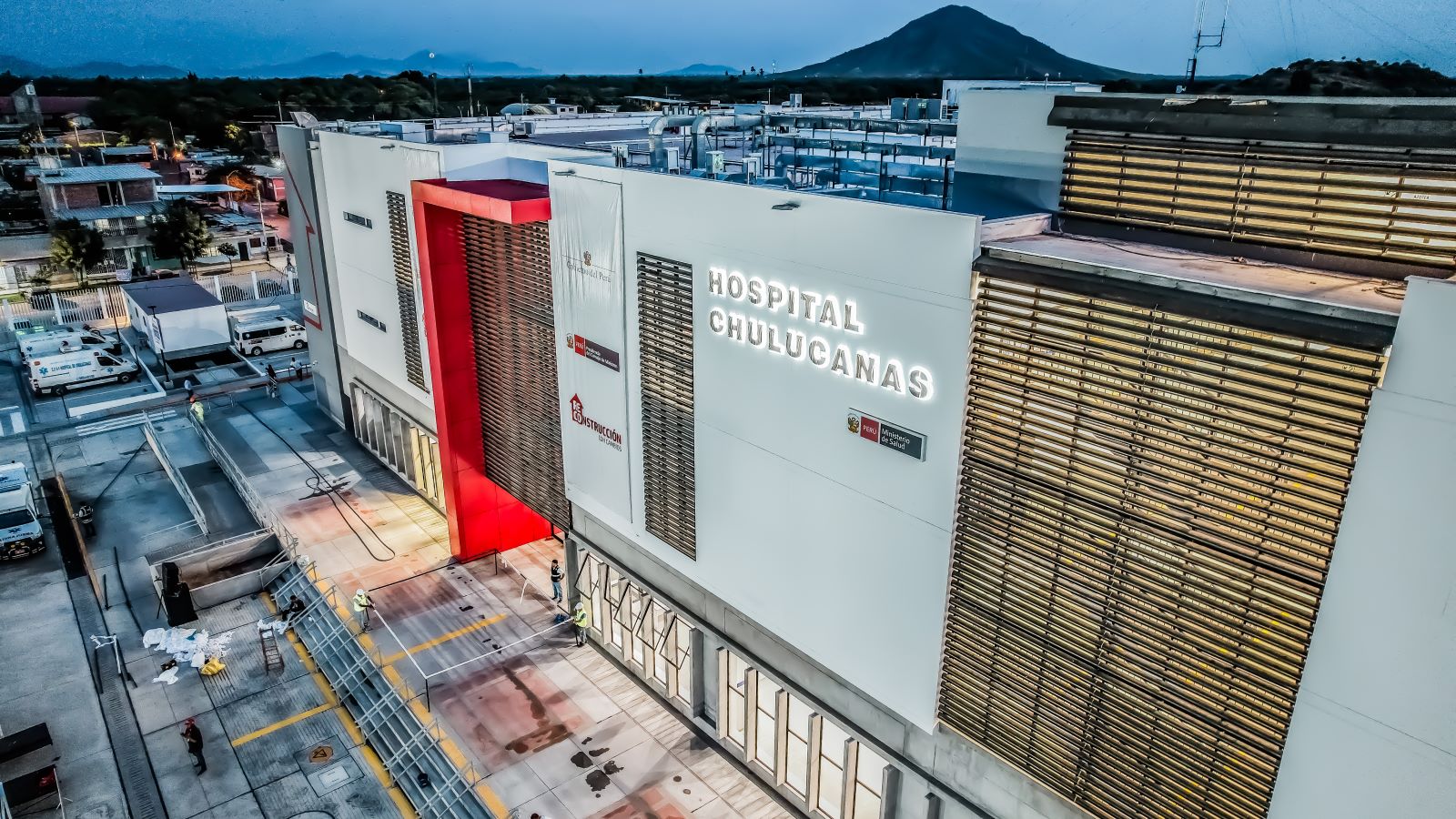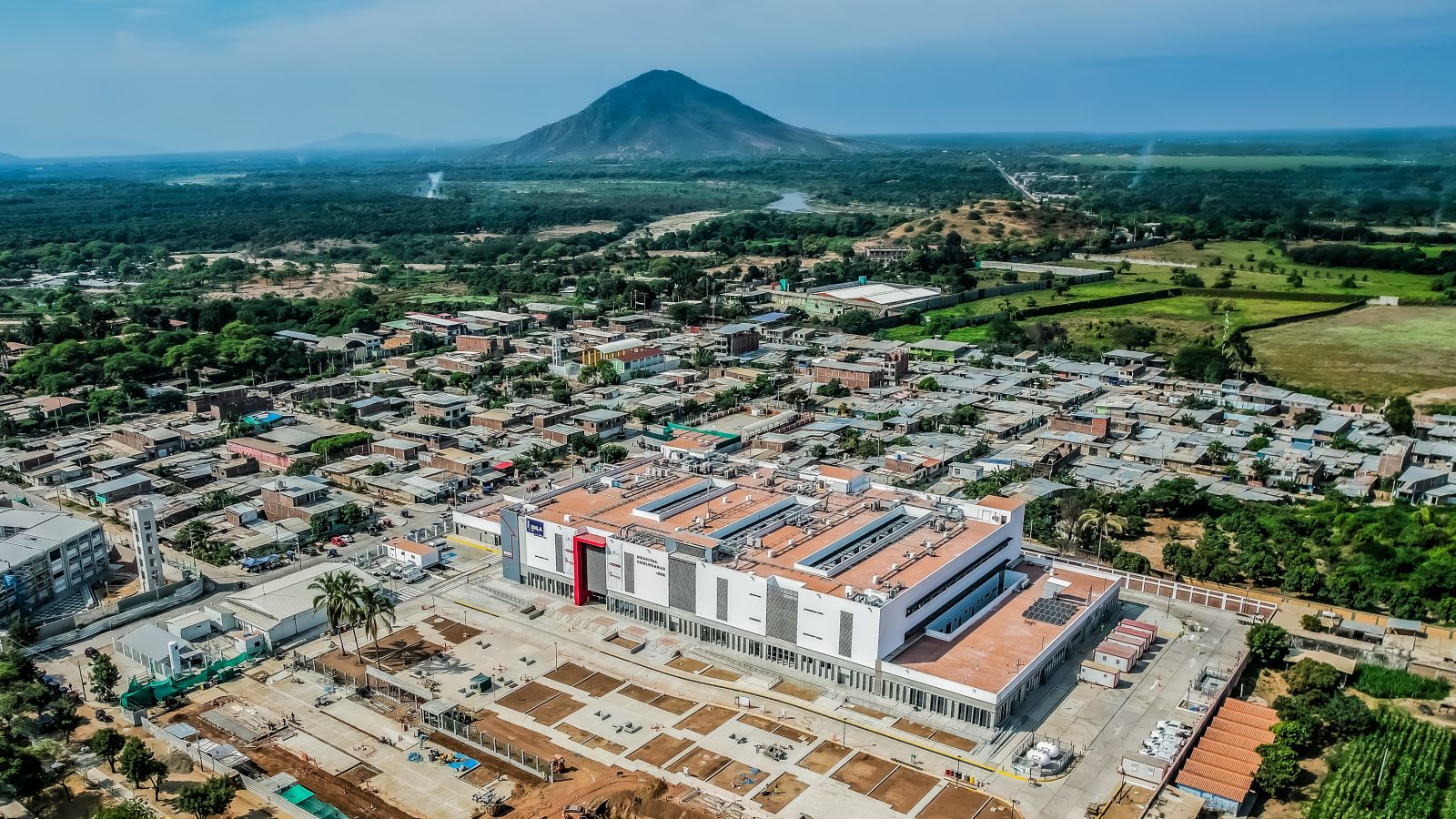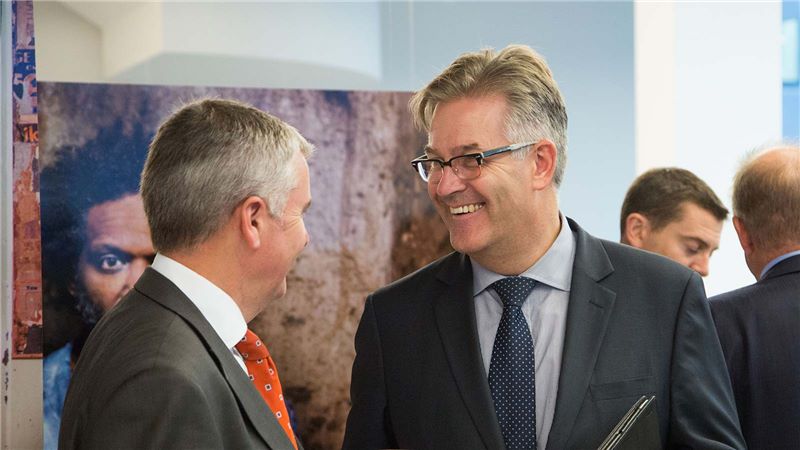A symbol of progress for Peru
Providing care where it’s needed most
Chulucanas Hospital, Peru Project summary
Client name
Authority of Reconstruction with Changes (ARCC)
Key partners
Arup, Gleeds, Department for Business and Trade
Services provided
Consult, Project and programme management, Strategic advisory services, Cost consultancy, Building Information Modelling (BIM)
Sectors
Locations
Project timeline
- Status
- Complete
Project story
The damage caused by a natural disaster not only means losing your school, home, and people you love, but also losing hope.
In 2017, the El Nino climate cycle struck Peru, resulting in heavy rain, severe flooding, and erosion plagued swathes of the nation, causing over US$5bn of damages to buildings and infrastructure. Destruction of highways, hospitals, schools, and homes left communities shattered. To accelerate a positive response, the Peruvian government introduced the Authority for Reconstruction with Changes (ARCC) – a body tasked with rebuilding the nation and improving flood defences.
A key element of this programme is the delivery of 18 health facilities, which are being designed and constructed in some of the most remote areas of Peru. Chulucanas is the first major hospital to be built under this programme and will provide healthcare to an estimated 82,500 people.
To support the challenging reconstruction requirements with international best-practice expertise, a government to government (G2G) contract was signed with the UK. Mace, as part of a UK Delivery Team (UKDT), was drafted in to help.
People at its heart
Located in the Piura region, Chulucanas Hospital is built to international standards – with people at the centre of its design. With improved staff and patient experience a top priority, the hospital has been transformed. Healthcare professionals have been involved in the design process from start to finish (a practice not common in Peru), guiding on key issues such as privacy, accessibility and acoustics.
Merging UK knowledge with Peruvian experience has highlighted what can be achieved through collaboration. The product of the relationship is a functionally appropriate, modern and technologically advanced facility that enables healthcare professionals and hospital staff to operate efficiently. This results in lower waiting times and a better response when urgent care is needed.
Responding to a national requirement to use Building Information Modelling (BIM) technology on Peruvian public sector projects, UKDT leveraged its extensive international experience to put the technology at the forefront of the approach and ensure effective integration of data from stakeholders, designers and contractors alike. Crucially, the implementation of BIM on the project has created a ‘blueprint’ for the future, with asset information available for any works down the line.
Modern methods of construction were introduced alongside BIM. For example, Chulucanas Hospital is made from 80% dry wall, which is lighter, faster to build, easier to maintain and adaptable for future change when compared to traditional blockwork. This, combined with the fact the layout is modular with efficient circulation routes, gives the potential for repetition and future expansion.
The ultimate measure of success in Peru is the long-term legacy that is left behind. In part, this means the upskilling of the Peruvian supply chain, giving it the knowledge and tools needed to close the country’s infrastructure gap.
This is just one example of how the ARCC programme and the Chulucanas Hospital project is inspiring those who have lost hope. More than reconstruction, the works are empowering communities, giving them confidence that positive change is possible.
















